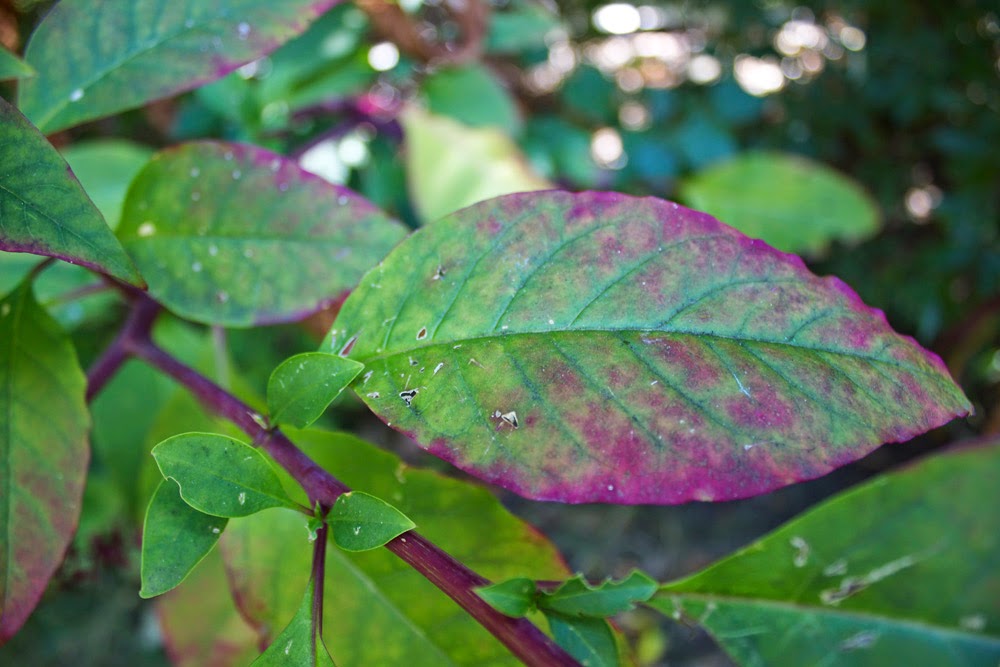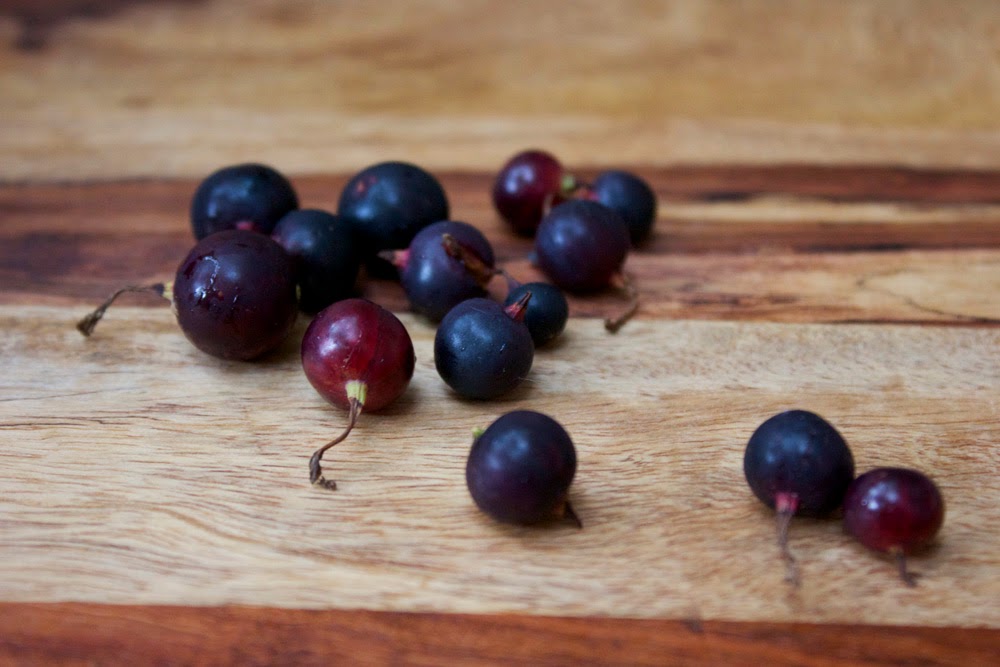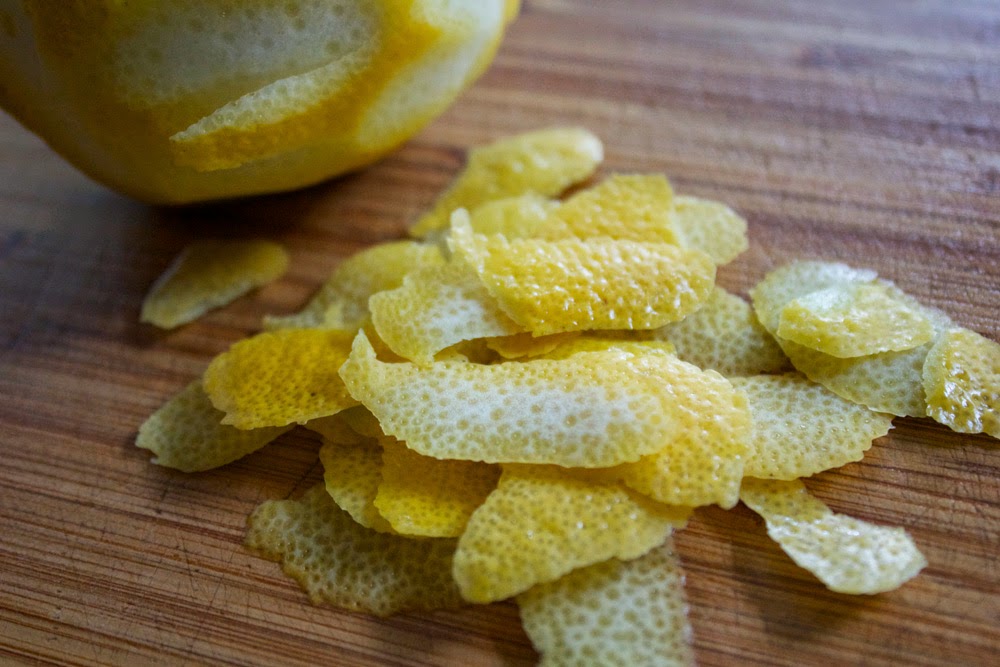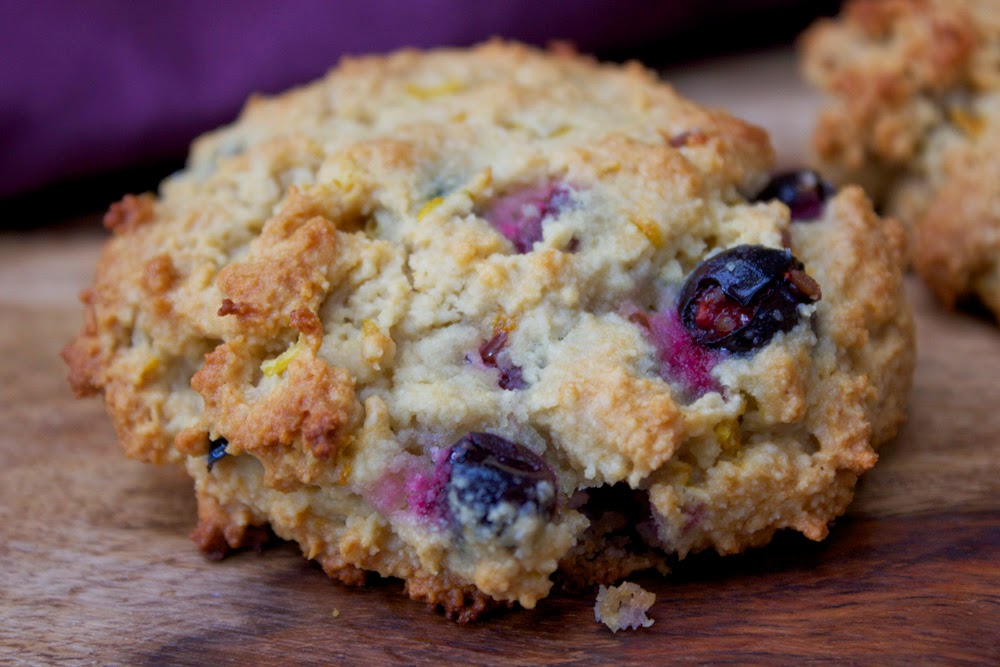This spring was a joy, uncovering all of the unique flora growing in our new yard. A horticulture professor previously owned our property, so there are many unusual and exciting things planted on our half acre lot. I intend to add to that as well! I've recently become more interested in wildcrafting - harvesting plants for various uses from food to medicinal properties and home use. Last summer I started doing this for dyeing, but its becoming something that I would like to learn more and more about with our local plant life here in Oklahoma. I decided to start this column on my blog, to document the plants that I harvest from, the ways that I use them and their outcomes. For now I would like to stick to things harvested from my own yard, but I imagine that I will expand to general wildcrafting. The first installment revolves around the golden currant shrubs growing at the back of our property.
I
posted about these earlier in the spring, after I first found them. Unfamiliar with this particular plant, I had to seek out some ID help and have been monitoring them ever since to make sure I got to try some of these mysterious currants. Last week they started to ripen, so I gradually collected them throughout the week to make some kind of treat with!
I ended up settling on a paleo version of a lemon blueberry scone, replacing the berries with currants. The recipe uses almond flour, and this is my first try at baking something paleo compatible (the first time I've baked anything in forever, really).
This is the recipe that I used.
They were delicious! The almond flour gives them a nutty flavor, and honey is a very subtle sugar substitute that toned down the sweetness a bit. The currants themselves are a little tart to eat raw - my husband actually didn't like them very much when we tried them off the bush, but baking made them much more enjoyable to eat. I would definitely try these again! The currants are still ripening, so if I have enough I want to try using them for ice cream soon. If you have any suggestions for other uses of currants, let me know! I'd love to give them a try.











